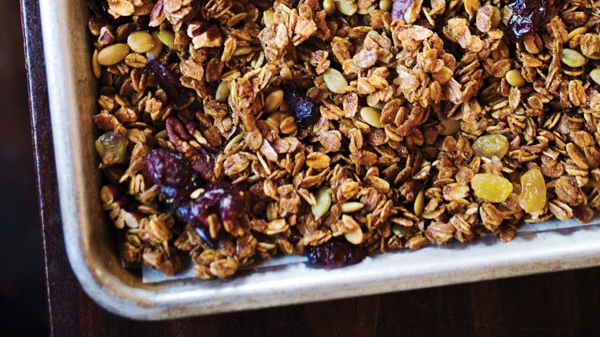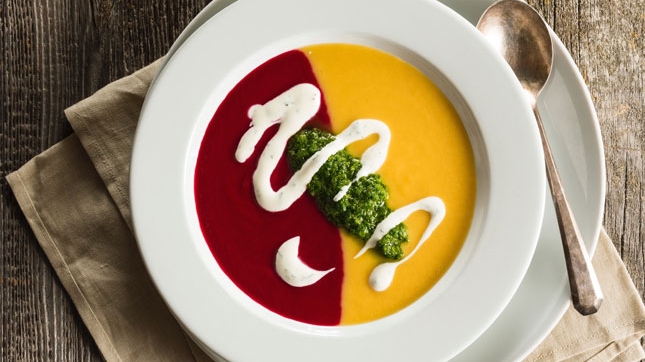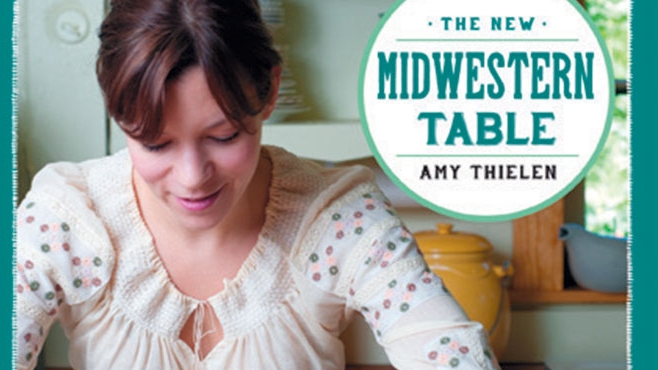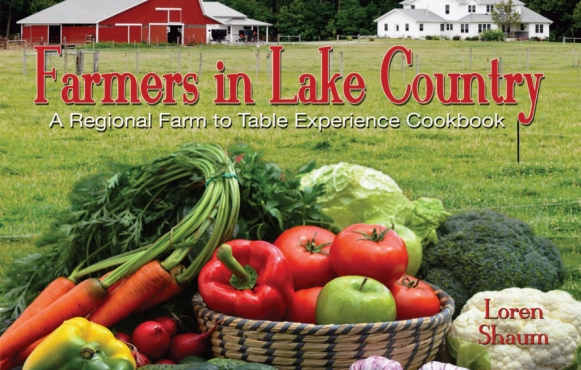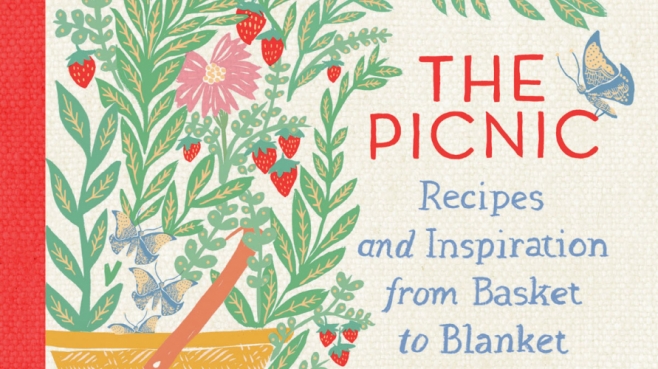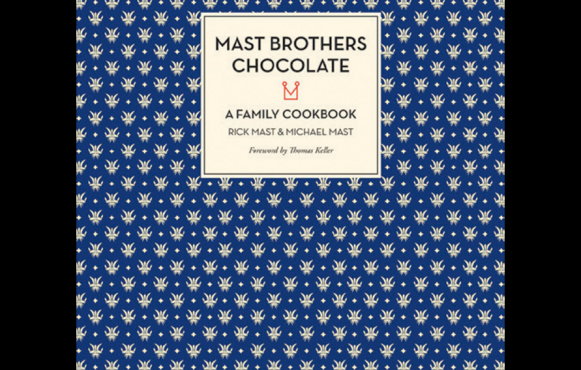edible read
Tastes of the Heartland
By Maya Parson |
Last Updated March 31, 2016
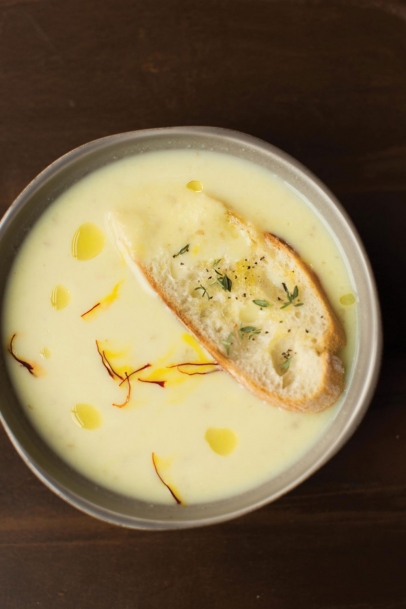
Books celebrate vibrant cuisine of the Midwest
“I’m sick of their bicoastal #$*!.”
Chef and food writer Kurt Michael Friese, publisher of Edible Iowa, didn’t mince words in a Facebook post about a recent New York Times story.
The story, a feature about restaurants in Iowa, explained that contrary to their expectations, members of the press corps visiting for the presidential caucuses could, in fact, find more than fast-food pizza and pork chops on a stick in the state. The writer assured readers that Iowa even has some James Beard–quality restaurants.
“This is the same sad, tired, redundant tripe” that we see every four years, says Friese, who owns an acclaimed tapas-inspired restaurant in downtown Iowa City and is an active supporter of the local food movement: “Gee, ain’t Iowa quaint with its attempts at being culturally relevant and all that.”
But it’s not just Iowa that is saddled with such stereotypes. For those intimately connected with the food scenes in towns from Cleveland to Kalamazoo, Friese’s irritation is a familiar feeling. No, we don’t live in Brooklyn, but we do, in fact, have crave-worthy bakeries, bustling farmers markets, top-notch craft brewpubs and cafés with perfect pour-overs. Yes, in the Midwest.
And while local food lovers may still enjoy a good pork tenderloin or fried ring bologna sandwich (made with pastured pork, if you please), our region is more than a kitschy culinary throwback. Edible magazines from Iowa City to Columbus to Omaha have made the case over the last decade that Midwestern fare can be as appetizing and contemporary as any in the United States. It’s not our food that’s stuck in the past—it’s antiquated ideas about our region, mostly from people who haven’t lived here in decades, if ever.
Why do the stereotypes persist?
One reason may be the shortage of Midwestern cookbooks that reach a national audience. Thankfully, that tide may be starting to turn with the help of a new generation of Midwestern food writers and cooks who put local and seasonal ingredients at the forefront of their work.
 Amy Thielen’s The New Midwestern Table (Potter Clarkson, 2013)—winner of, yes, a James Beard Award—offers a smart and playful testament to the pleasures of Midwestern food. Thielen, who grew up in Minnesota, trained as a chef in New York City and came back to homestead with her family, reworks Midwestern classics in a way that feels contemporary and yet true to the region’s traditions and sense
of place.
Amy Thielen’s The New Midwestern Table (Potter Clarkson, 2013)—winner of, yes, a James Beard Award—offers a smart and playful testament to the pleasures of Midwestern food. Thielen, who grew up in Minnesota, trained as a chef in New York City and came back to homestead with her family, reworks Midwestern classics in a way that feels contemporary and yet true to the region’s traditions and sense
of place.Her Fresh Cheese Ball, for instance, is a creamy sphere of homemade ricotta topped with chutney made from ground cherries, ginger, curry and cayenne. Her Steakhouse Deviled Eggs are sprinkled with bacon, bread crumbs and toasted nori. This is food that is sophisticated and downhome delicious, reason alone for The New Midwestern Table to find a place on shelves across the Midwest and beyond.
A bonus is Thielen’s writing—simple vignettes and personal anecdotes that perfectly capture the spirit of the region’s cuisine. Much more than just a book of recipes, The New Midwestern Table draws the reader into the food culture of Thielen’s Minnesota, a place where you can guess the quality of a beet-pickled egg by the condition of the barstool and where summer means crackers with homemade pork sausage pâté at the lakeside.
 Another potential game changer is Summer Miller’s New Prairie Kitchen (Agate Midway, 2015), a coffee-table-worthy volume of recipes and stories from the Great Plains that will leave readers with no doubt that some of the best food in the country—think Braised Chicken Soup with Potato Gnocchi and Morel Mushrooms or Walleye Tacos with Charred Salsa—is being grown and prepared in the so-called fly-over states.
Another potential game changer is Summer Miller’s New Prairie Kitchen (Agate Midway, 2015), a coffee-table-worthy volume of recipes and stories from the Great Plains that will leave readers with no doubt that some of the best food in the country—think Braised Chicken Soup with Potato Gnocchi and Morel Mushrooms or Walleye Tacos with Charred Salsa—is being grown and prepared in the so-called fly-over states.Miller, who grew up in Omaha and now lives in a rural area just outside the city, set out to write the book because she had traveled all over the world but had never thought of her home environs as destination-worthy. “I wanted to love where I lived,” she says.
She began by talking to the people that inspired her: “I started with the chefs, who led me to the farmers, and the stories progressed from there.” Chefs like Clayton Chapman of Omaha’s The Grey Plume (repeatedly ranked as the Greenest Restaurant in America), and farmers like the Vetters of Nebraska’s Grain Place Foods, who embraced organic agriculture in the 1950s, decades before the nationwide trend.
“With each story … my joy grew,” Miller says. “I was at a time in my life where I deeply needed inspiration, and they gave it to me.”
Beautifully photographed and written with an ethnographer’s attention to detail, New Prairie Kitchen is a love letter to the Midwest that will speak to the hearts—and the palates—of those of us who call this region home.
Bicoastal journalists and food lovers everywhere would do well to take note.
Read an exclusive interview with Summer Miller below.
More Must-Read Midwestern Cookbooks
by Paula Haney with Allison Scott (Agate Midway, 2013)
Haney, originally from Indiana, is the owner of Chicago’s beloved Hoosier Mama Baking Company (HoosierMamaPie.com). Recipes emphasize local and seasonal ingredients like Michigan sour cherries and put a fresh spin on pie classics like the Sugar Cream (the Indiana state pie) and the Chocolate Chess (imagine a crackly-topped brownie in a buttery crust). Pie nirvana!
by Lenny Russo (Burgess Lea Press, 2015)
 Midwestern regional cuisine doesn’t get much prettier than this gorgeous cookbook from award-winning chef Lenny Russo of Heartland restaurant in St. Paul, MN. Russo’s mouthwatering recipes—Duck Liver Ravioli with Mushrooms and Sage Cream, Grilled Ramps with Tarragon Agrodolce, Tricolor Ukrainian Borscht with Dill Crème Fraîche (click here for web-exclusive recipe)—are exquisite, lushly photographed and accompanied by artwork by Native American impressionist painter George Morrison. But Heartland is more than eye candy: Russo is a pioneer of the local food movement, and his approach to food is rooted in the concept of providing sustenance—feeding customers and treating farmers, animals and the land itself with respect and responsibility. Book profits benefit Urban Roots Minnesota, an organization that operates gardening, cooking, conservation and entrepreneurship projects for young people.
Midwestern regional cuisine doesn’t get much prettier than this gorgeous cookbook from award-winning chef Lenny Russo of Heartland restaurant in St. Paul, MN. Russo’s mouthwatering recipes—Duck Liver Ravioli with Mushrooms and Sage Cream, Grilled Ramps with Tarragon Agrodolce, Tricolor Ukrainian Borscht with Dill Crème Fraîche (click here for web-exclusive recipe)—are exquisite, lushly photographed and accompanied by artwork by Native American impressionist painter George Morrison. But Heartland is more than eye candy: Russo is a pioneer of the local food movement, and his approach to food is rooted in the concept of providing sustenance—feeding customers and treating farmers, animals and the land itself with respect and responsibility. Book profits benefit Urban Roots Minnesota, an organization that operates gardening, cooking, conservation and entrepreneurship projects for young people.

 The Hoosier Mama Book of Pie
The Hoosier Mama Book of Pie
